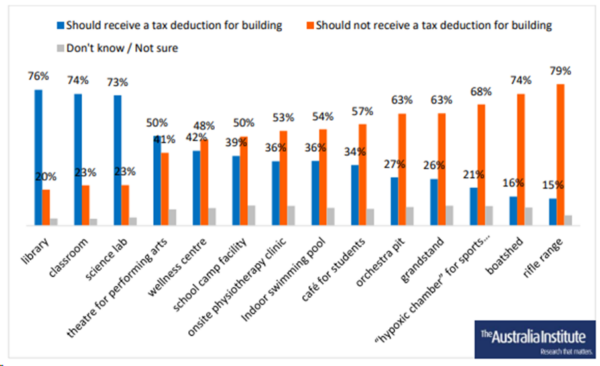The Australian Industry Group Australian Performance of Manufacturing Index (Australian PMI®) moved into positive territory in June, increasing by 9.9 points to 51.5 (readings above 50 points indicate expansion in activity, with higher results indicating a faster rate of expansion).
The June result comes in the wake of April’s largest ever monthly fall in the Australian PMI®. However, while the result is the largest ever monthly rise, it was narrowly focused on some sub sectors and indicates an improvement from recent depths rather than a recovery to buoyant conditions.
Almost all of the improvement reflected in June’s Australian PMI® was concentrated in the large food & beverages sector, with new orders from food wholesale distributors improving with the relaxation of trading restrictions. Less positively, manufacturers who supply locally made metal products and building materials to the construction industry reported a sharp reduction in new orders.
Ai Group Chief Executive Innes Willox said: “Manufacturing performance edged ahead in June largely on the back of a solid lift in the large food and beverages sector as restrictions on cafes and restaurants were eased. The machinery & equipment sector enjoyed a spike in sales associated with end-of-financial year buyers taking advantage of the expanded instant asset write-off provisions. The building materials, metals and chemicals sectors remained in contraction. Across the manufacturing sector, production lifted and encouragingly new orders rebounded strongly following sharp contractions in April and May. Employment on the other hand merely stabilised after the contractions of the previous two months. Wage levels also levelled off after the very rare fall recorded in May. We are still well short of a recovery even with the quantity of fiscal stimulus in the economy and the next couple of months will provide a critical test of how well the economy is positioned to cope with the withdrawal of stimulus currently scheduled for the end of September,” Mr Willox said.
Australian PMI®: Key Findings for June
- Three of the seven activity indices in the Australian PMI® indicated expansion in June, three indicated contraction and one was stable (see table below). Production (up 9.9 points to 52.3), sales (up 19.0 points to 56.1) and new orders (up 20.6 points to 55.7) jumped into expansion while the manufacturing exports index improved but remains in contraction (up 16.1 points to 47.2), indicating declining exports.
- Five of the six manufacturing sectors in the Australian PMI® contracted in June (trend), with only the large food and beverage sector indicating expanding conditions (up 0.4 points to 55.4). Some machinery & equipment (up 1.9 points to 48.2) manufacturers reported that the extension to the instant asset write-off for businesses helped to increase demand.
- Input costs continued to increase in June but at a slower rate than the previous month (down 5.2 points to 60.2). Manufacturers’ selling prices declined, on average, but at a slower rate than in May (up 6.5 points to 48.9).
- The average wages index increased by 4.2 points to 49.8, indicating stable average wages across the manufacturing sector. The seasonal bump in the index that usually occurs in July with the annual minimum wage decision will now likely occur in November when this year’s 1.75% increase becomes operative across manufacturing awards.
Seasonally adjusted | Index this month | Change from last month | Long-run average | Trend | Index this month | Change from last month | Long-run average |
Australian PMI® | 51.5 | 9.9 | 50.5 | Food & beverages | 55.4 | 0.4 | 53.6 |
Production | 52.3 | 9.9 | 51.2 | Machinery & Equipment | 48.2 | 1.9 | 49.6 |
Employment | 49.6 | 8.9 | 48.8 | Metals products | 38.3 | 1.3 | 47.2 |
New Orders | 55.7 | 20.6 | 51.1 | Petroleum, coal, chemicals & rubber products | 46.7 | -1.0 | 51.2 |
Supplier Deliveries | 47.6 | -2.7 | 50.8 | Building, wood, furniture & other | 36.9 | -0.4 | 49.9 |
Finished Stocks | 46.5 | -1.4 | 49.6 | Textiles, clothing, footwear, paper & printing | 33.3 | 0.6 | 46.3 |
Exports | 47.2 | 16.1 | 49.9 | ||||
Sales | 56.1 | 19.0 | 49.1 | ||||
Input prices | 60.2 | -5.2 | 67.6 | ||||
Selling prices | 48.9 | 6.5 | 48.1 | ||||
Average wages | 49.8 | 4.2 | 58.8 | ||||
Capacity utilisation (%) | 71.9 | 0.4 | 73.7 |







